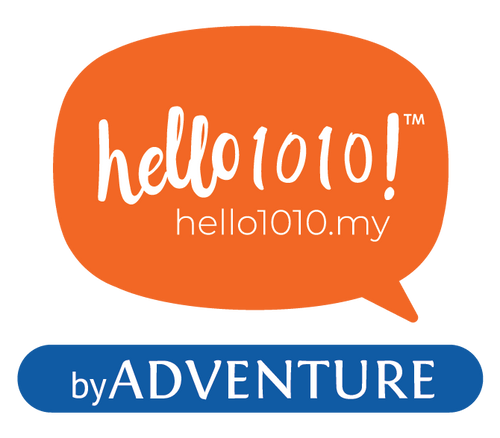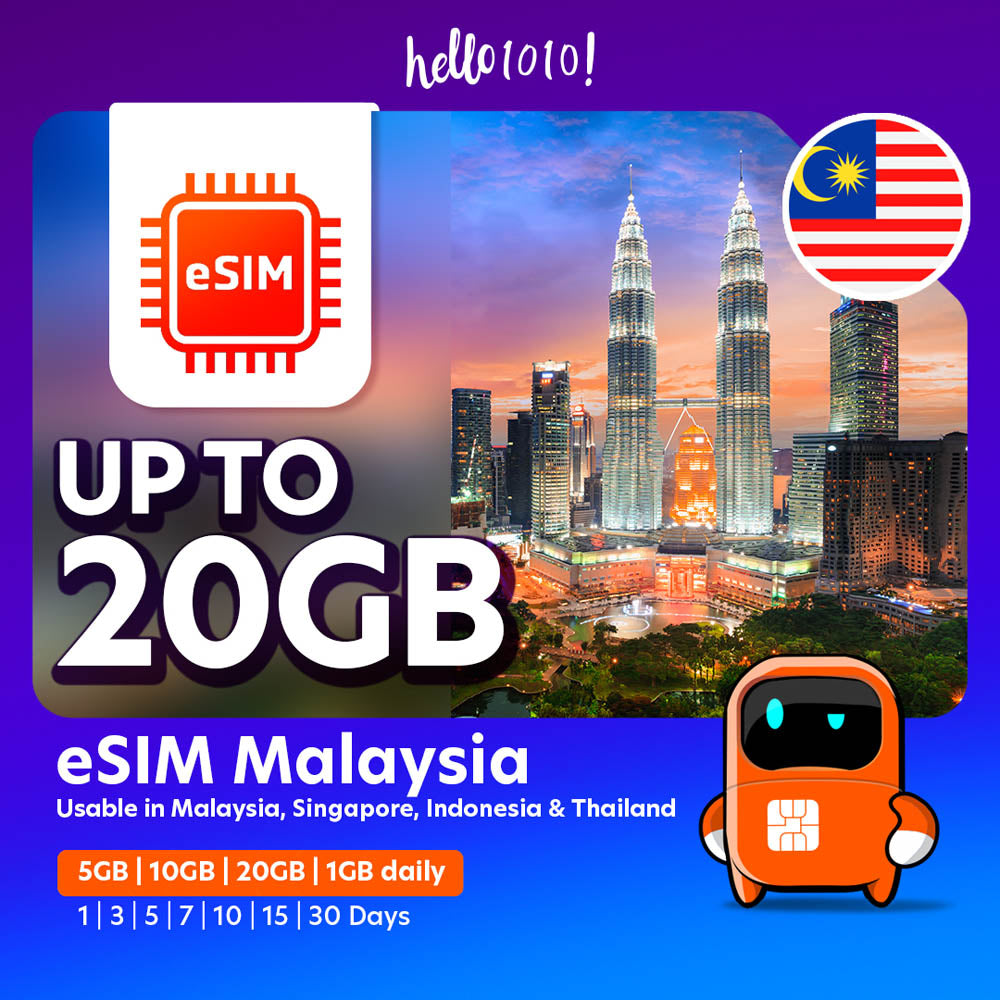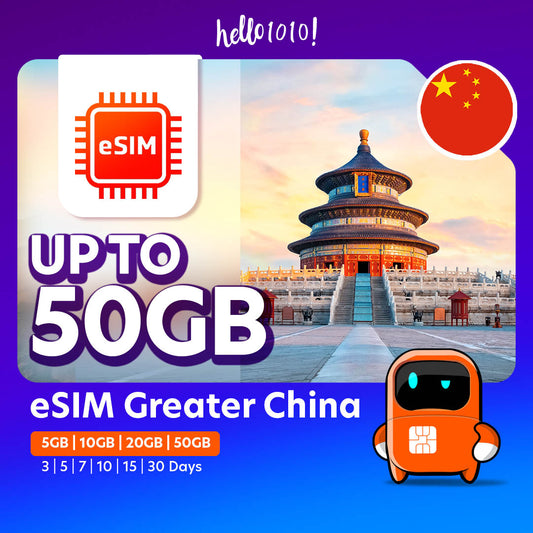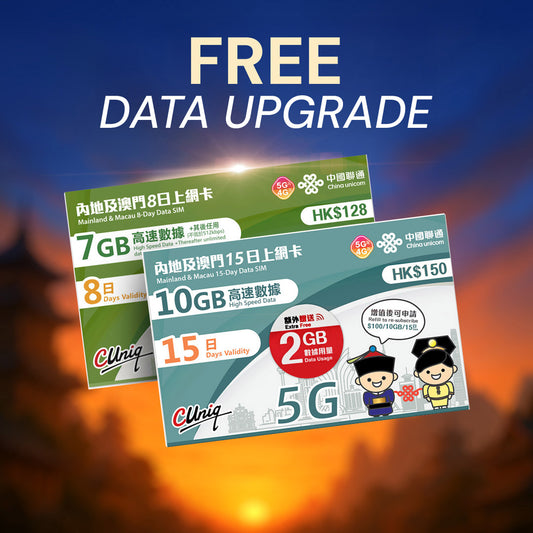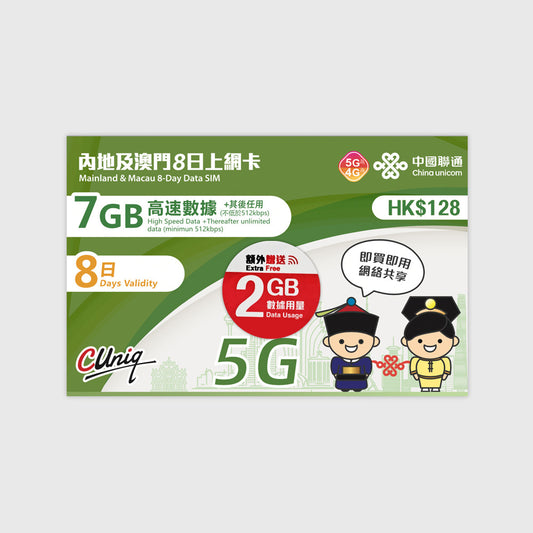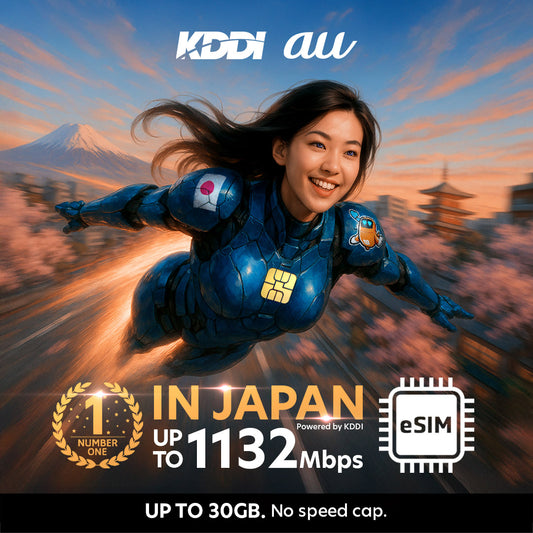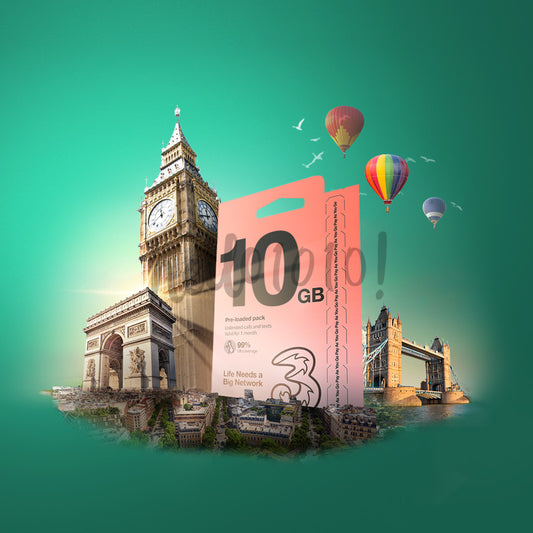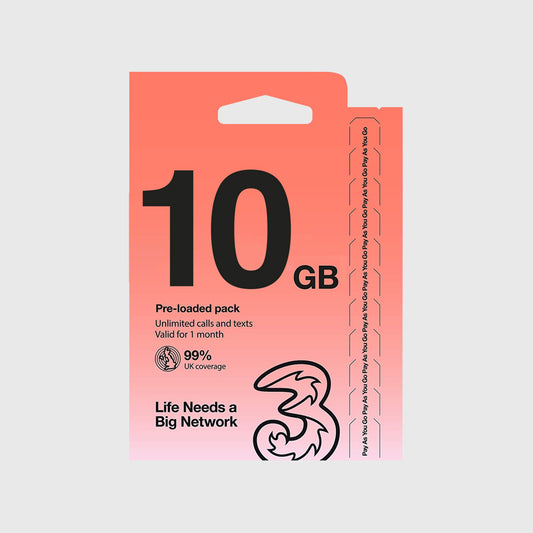Exploring Malaysia is easy if you move around like the locals. Whether you’re hopping on a train in Kuala Lumpur, catching a bus in Penang, or heading to smaller towns, this guide covers everything you need to know about public transport in Malaysia, including apps, payment methods, and practical tips.
Table of Contents
Types of Public Transport in Malaysia
Malaysia offers a wide range of transport options, including city trains, buses, boats, and minibuses in rural areas. This makes travelling around the country easy and flexible.
 Urban Rail (Klang Valley/Kuala Lumpur): LRT, MRT, Monorail, BRT line, mainly under Rapid KL.
Urban Rail (Klang Valley/Kuala Lumpur): LRT, MRT, Monorail, BRT line, mainly under Rapid KL.
 Airport Express Rail: KLIA Ekspres and KLIA Transit whisk you between the airport and the city.
Airport Express Rail: KLIA Ekspres and KLIA Transit whisk you between the airport and the city.
 KTM Trains: Komuter for short city-to-suburb journeys, ETS for fast intercity travel, and limited long-distance Intercity trains.
KTM Trains: Komuter for short city-to-suburb journeys, ETS for fast intercity travel, and limited long-distance Intercity trains.
 City Buses: Rapid KL, Rapid Penang, Rapid Kuantan, and GoKL (city buses in Kuala Lumpur).
City Buses: Rapid KL, Rapid Penang, Rapid Kuantan, and GoKL (city buses in Kuala Lumpur).
 Stage Buses: Part of the government’s myBAS programme, connecting medium-sized towns.
Stage Buses: Part of the government’s myBAS programme, connecting medium-sized towns.
 Rural Coaches: MARA Liner and other private express coaches serve long-distance and rural routes.
Rural Coaches: MARA Liner and other private express coaches serve long-distance and rural routes.
 Ferries: Penang ferry and others like Langkawi are handy for island trips.
Ferries: Penang ferry and others like Langkawi are handy for island trips.
 E-hailing & Taxis: Grab is the most widely used app for first or last mile rides and late-night transportation.
E-hailing & Taxis: Grab is the most widely used app for first or last mile rides and late-night transportation.
Essential Apps for Travellers
 Locals commonly use Google Maps or Waze for daily navigation. However, if you're travelling between states or need real-time updates for buses and trains, the apps listed below will give you more accurate and helpful information.
Locals commonly use Google Maps or Waze for daily navigation. However, if you're travelling between states or need real-time updates for buses and trains, the apps listed below will give you more accurate and helpful information.
-
MyRapid PULSE: For LRT, MRT, Monorail, Rapid buses in KL, Penang, Kuantan.
-
KTMB Mobile/KITS: Buy and scan KTM Komuter and ETS tickets.
-
KLIA Ekspres App: For airport train tickets.
-
GoKL App: Track buses within the city.
-
Moovit: Great for real time public transport info across multiple Malaysian cities.
-
Grab: Reliable e-hailing for anywhere not covered by public transport.
Touch ’n Go for Smart Travel
 It’s widely used for:
It’s widely used for:
-
Public transport (LRT, MRT, Monorail, BRT, buses, KTM Komuter, and even the KLIA Ekspres).
-
Highways (for cars, through toll payments).
-
Retail & parking (convenience stores, parking lots, vending machines, and some cafés).
Can Foreigners Use It?
Yes! Foreigners can easily use Touch ’n Go (TnG)
-
Physical card: Available at train stations, convenience stores, and airports. Just reload and tap at gates or on buses. You can link this physical TnG card to the TnG eWallet App and you can check balance and top up the card using your phone’s NFC.
-
TnG eWallet App: Tourists can register and top up into the eWallet app using their credit card or top up pins from convenience stores like 7-11. This credit can be used to top up their physical TnG card and also to make payments in restaurants and stalls via QR code.
Note: Most trains and bus gates still require the physical TnG card, not just the TnG eWallet App
Travel in Smaller Towns
 Public transport is most convenient in Kuala Lumpur, Penang, and Johor Bahru. Outside these hubs, you’ll still find options:
Public transport is most convenient in Kuala Lumpur, Penang, and Johor Bahru. Outside these hubs, you’ll still find options:
-
myBAS networks run in smaller cities such as Ipoh, Melaka, Seremban, and Kangar.
-
MARA Liner and private coaches link rural towns across Peninsular Malaysia.
-
For very small towns and villages, your best bet is usually Grab or a mix of buses and e-hailing.
How to Pay for Public Transport
 Malaysia’s public transport is mostly cashless, with a few exceptions:
Malaysia’s public transport is mostly cashless, with a few exceptions:
-
LRT/MRT/Monorail/BRT: Tap in with a TnG card or buy a single-journey token.
-
KLIA Ekspres/Transit: Accepts contactless bank cards, TnG, or QR tickets from the KLIA Ekspres app.
-
KTM Komuter & ETS: Buy QR/barcode tickets via KTMB Mobile/KITS or counters.
-
Rapid KL & Rapid Penang buses: Tap with your TnG card when boarding.
-
GoKL buses: Free for Malaysians with MyKad, RM1 for foreigners (payable by TnG or contactless bank card).
-
Coaches & Ferries: Usually booked online, at kiosks, or ticket counters; some accept contactless cards.
Malaysia’s public transport may feel complex at first, but once you get a Touch ’n Go card and some essential apps, you’ll be navigating the country like a pro. For longer trips, coaches and trains give you a comfortable way to explore, while Grab rides fill in the shorter distance gaps.
With a little planning, getting around Malaysia can be part of the adventure itself.
